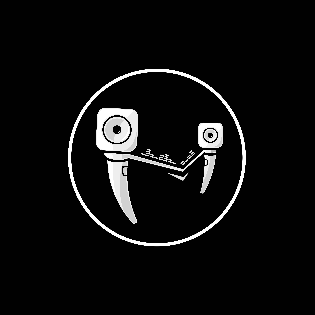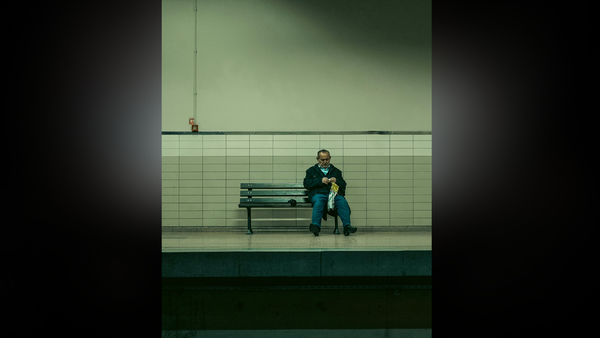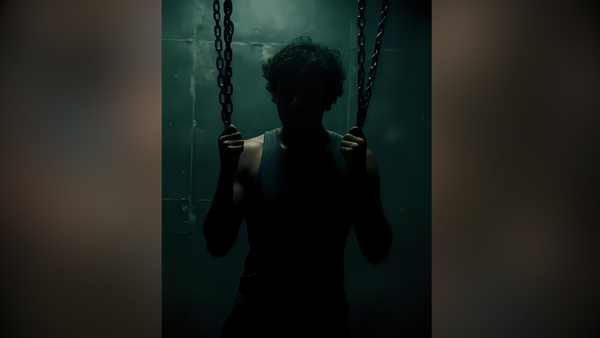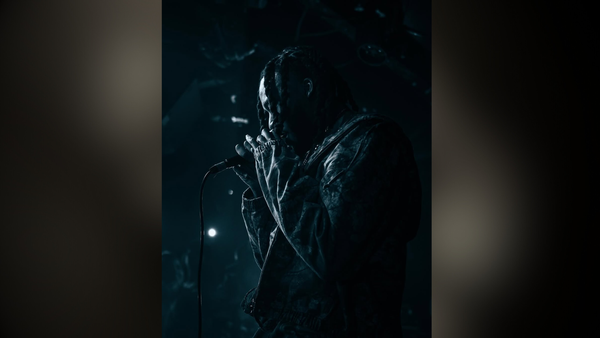Beat License Agreements: Exclusive v. Beat Leases
Here is a basic step-by-step guide to effectively purchasing a beat from a producer ...

With what seems like unlimited access to any sound in any genre based on the “type beat” wave, the relationship between the producer and the artist has almost become obsolete. Before I go any further, this is not an article expressing any negative ideas or attitudes toward anyone who prefers to utilize their resources. I understand where you are in your journey and want to provide foundational knowledge on how to take that next step in your music career when you are ready. As a producer or an artist, when you are serious about advancing your career, it is critical to understand the forms of beat licenses. Whether you’re preparing for the top of the charts or just getting started, knowing how to acquire a beat from a producer will set you up for long-term success.
Beat Licensing Breakdown
A beat license gives an artist the “user rights,” or the ability to use the beat in a new song and make money off of it in line with the terms of the beat license agreement. Depending on what kind of license is purchased, these user rights may include restrictions on how long a beat may be used, which can include limitations on the amount of sales, streaming, public performances, and music videos containing the new song. These terms are defined in a beat lease agreement. A license can sometimes be exclusive, meaning that no one else is allowed to use the beat, or non-exclusive, which allows various artists to use the same beat in different tracks. Before purchasing a beat or placing your beat for sale, it is critical to understand the difference between the two types of agreements.
- Exclusive License:
- The artist has full ownership of the beat
- The producer can no longer sell or lease the beat to anyone else
- High price point ($300 – $1000)
- The artist receives exclusive rights to modify, distribute, and monetize the beat
- Beat Lease:
- The producer keeps complete ownership
- The producer can continue to sell the beat until an exclusive license is bought
- Cost-effective pricing options ($30 – $150)
- Terms are subjective and vary from producer to producer
Why (and when) to Purchase (or sell) a Beat?
When you purchase a beat, you may distribute it, protect your work, and generate money from it. You gain the right to enter into music publishing agreements, register your work for copyright, and generate consistent revenue streams from sales, licensing, and streams. It also establishes an artist/producer business relationship that can lead to future opportunities and business ventures. It is better to have your information ready and prepared than to be waiting when an opportunity presents itself.
As an artist, there is not a one-size-fits-all solution for what type of beat license you should purchase. This depends on your needs as the artist and what you are trying to achieve with the art you are creating. However, purchasing a beat license does provide peace of mind and legitimacy in distributing your work. It is the best option to distribute your music to build up a fan base and find the best sound that brings you positive results and longevity. You should consider purchasing exclusive licenses when you build recognition and begin working on larger projects.
As a producer, there isn’t a specific time to begin selling beats. This also depends on factors that are subjective to each producer such as experience, reputation, sound, demand, etc. All of these are built through lease agreements and, in some cases, giving away free beats to establish a name. Selling leases helps to generate recognition and money, while exclusive licenses give a reliable return and form collaborations with artists who may wish to work together long-term.
How to Purchase
Here is a basic step-by-step guide to effectively purchasing a beat from a producer:
- Choose Your Beat: listen to the available beats from your preferred producer and select the one that matches your vision.
- Review the Terms: Read the licensing terms. Decide if you want an exclusive license or a lease option that fits your budget and goals.
- Confirm Usage Rights: Make sure the licensing terms match your intentions for distribution, streaming, or live performances.
- Agree on Payment: Most producers offer safe payment methods. Confirm the amount and any extra costs that may apply for longer use.
- Sign the Contract: Verify that a contract is in place. This is essential for protecting both parties. Read it thoroughly and sign.
- Receive Your Files: Once payment is complete, the producer will send the beat files, often as high-quality WAV or MP3.
Websites like Airbit, BeatStars, and TrakTrain make this process easier by allowing producers to sell their beats online with personalized pricing options (depending on the website and tier of subscription). I encourage you to browse and get familiar with these platforms to discover your sound and learn how to engage in an agreement.
This is the simplest process for ensuring your sound is secured and all parties involved are properly compensated for their contribution to the final product. More advanced steps involve registering the composition and master recording with a Performance Rights Organization (PRO) and other royalty collection agencies (which will be explained in later posts). There is no indicator of when it is too late to begin understanding this information and using it to advance your music career. Honestly, it’s the best way to be responsible for your craft and build solid working relationships.
Feel free to purchase a copy of a basic beat lease agreement. This template provides aspiring producers with a simple, organized approach, allowing them to negotiate license agreements confidently without overly complex legal terminology. However, I would still recommend consulting with an entertainment lawyer for a more specific agreement. I hope this article has given you a better understanding of beat leasing vs. exclusive rights agreements.
Basic Beat Lease Agreement by Sean Julio




